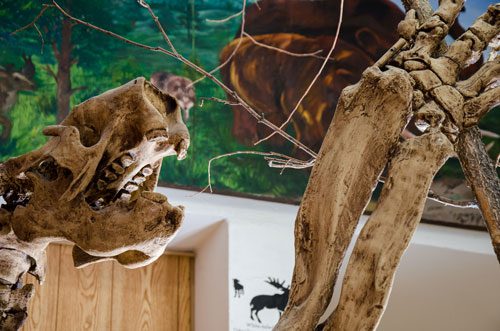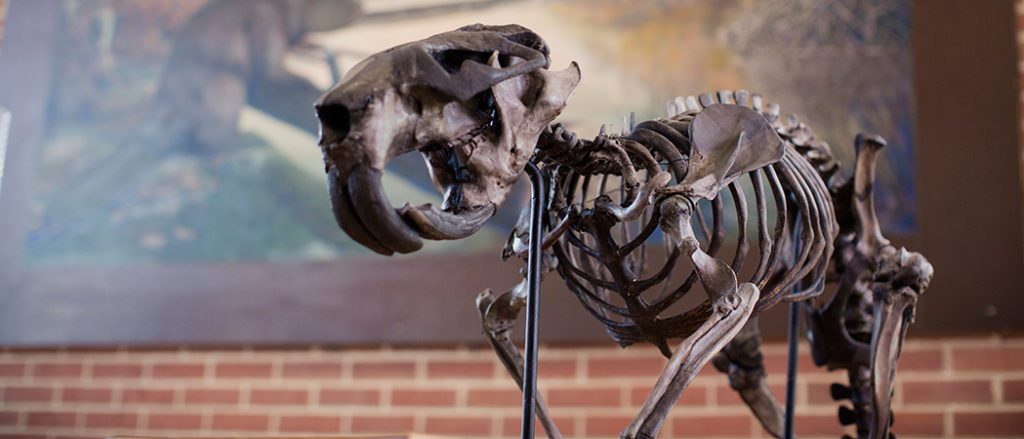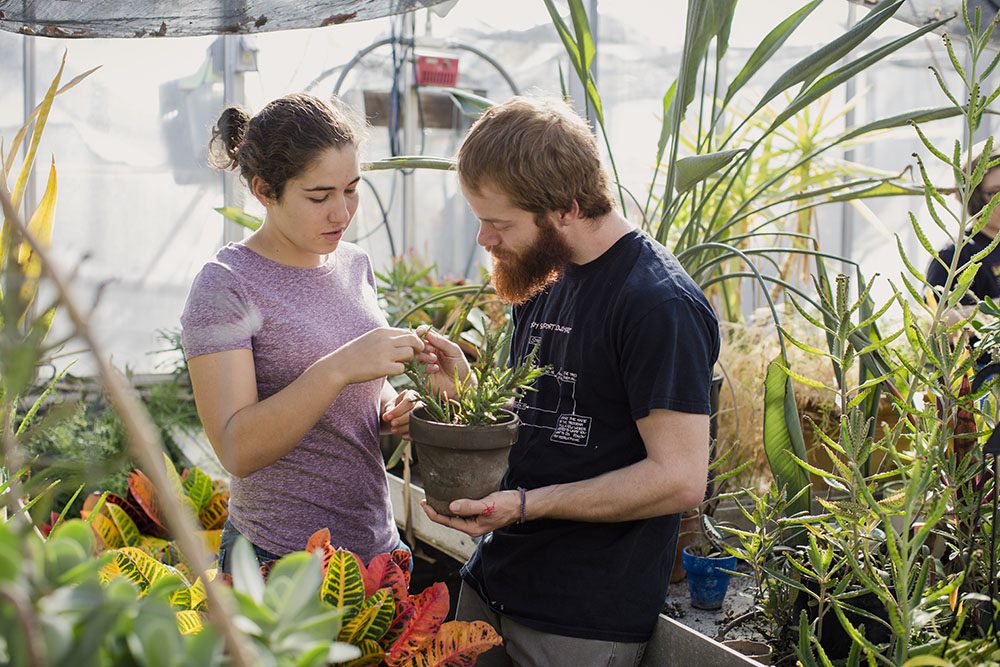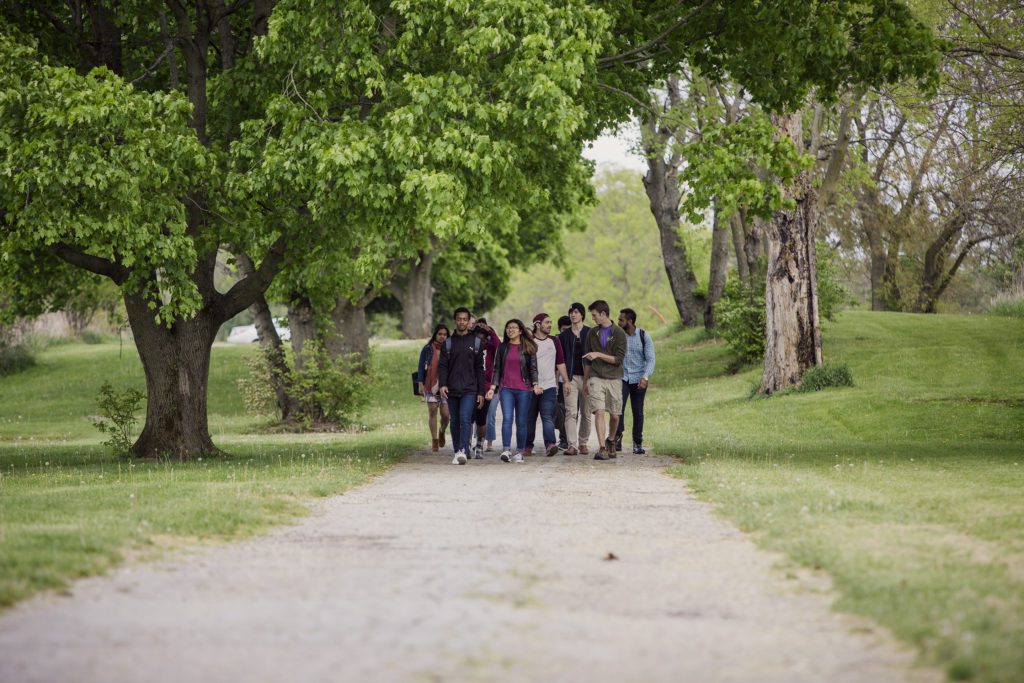Biology facilities
Department of Biology classrooms, laboratories and faculty offices are housed in Wendell M. Stanley Hall, which is part of the Science Complex at Earlham College. There are six teaching laboratories plus ample student-faculty research space. Stanley Hall is designed for extreme flexibility, in that lab furniture and utilities may be easily moved to new configurations to accommodate different experimental equipment and teaching methods. Laboratory furniture has been designed and arranged to facilitate student interaction and discussion.
Within the Science Complex, the Department of Biology also has 2,000 square feet of greenhouse space, including a conservatory, extensive cactus collection, potting and soil handling room, and experimental units. Attached to the greenhouse is a modern field laboratory with an experimental laboratory, computing facilities, conference area and lounge. Stanley Hall also houses the herbarium, which contains over 15,000 plant specimens, 2,000 color slides and other botanical teaching and research materials, as well as an exceptional 1,600-square-foot animal care facility.
Also part of the science complex, the Joseph Moore Museum of Natural History has a large public display area, extensive research and teaching collections, and an active outreach teaching program for regional public schools and other groups. Many biology students work with and manage museum activities.



Equipment and technology
The department has been aggressive in acquiring modern equipment for teaching and research in biology. Students are able to carry out contemporary procedures in experimental biology including aspects of molecular genetics such as gene splicing, polymerase chain reaction (PCR), and DNA sequencing; ultracentrifugation; various types of electrophoresis, tissue culture; phase contrast, polarizing, interference, and fluorescent light microscopy; and scanning electron microscopy; among others.
A grant from the National Science Foundation provided for a high-field Nuclear Magnetic Resonance spectrometer. Extensive computing equipment is available both within the department and through the Earlham Computing Center.
Field sites
The Department of Biology also oversees and manages several field sites owned by Earlham. On our back campus, within easy walking distance for classes, we have two permanent ponds (Edwin Way Teale and Murvel Garner Ponds) and three ephemeral ponds (James B. Cope, Carolle and Millard Markle, and Gertrude “Lucky” Ward Ponds), old field, early and mid-successional forest, and a small tall-grass prairie plot together with a small field lab building, allowing easy access to aquatic habitats. Adjacent plots contain old field growths, woody succession areas, and a prairie. The back campus also contains Clear Creek, the Whitewater River, and extensive wooded areas for hiking and for biological study.



Three outstanding forest preserves owned by the college are located within short driving distances from campus. Sedgwick’s Rock Preserve, a gift to the college from Carrolle and Millard Markle, is a 13-acre, exquisite, mixed woodland with beech-maple and oak-hickory areas, a creek in a deep ravine, and a large mass of tufa rock on which a rich collection of fern species grow. Sedgwick’s is extensively used for experimental field projects, particularly on under-story vegetation, as is the adjacent Robert’s Run, owned by Earlham biologist Bill Buskirk.
Wildman Woods, a gift from Dotty and Bill Wildman, is a 40-acre forested property that contains sections of old-growth and second-growth upland and lowland forest. Wildman Woods has an extensive trail system, and is intensively used for course field trips and student/faculty collaborative research. Together with the adjacent Iverson Woods, owned by Earlham biologist John Iverson, this tract contains an unspoiled stream valley and upland woodlands. Rellers Woods, a gift from Jean “Jay” and Bill Reller, is a 40-acre preserve of mature forest. All three preserves contain outstanding wildflowers in the spring!
Biology field study also benefits from College ownership of the 100-acre Test Study Area, through the generosity of Fred Test, Bill and Ellen Dennis, and others. The area contains three ephemeral wetlands, a 17-acre woodlot, a high quality stream, a perennial drainage ditch, pasture and large agricultural areas destined for habitat restoration projects in the future.